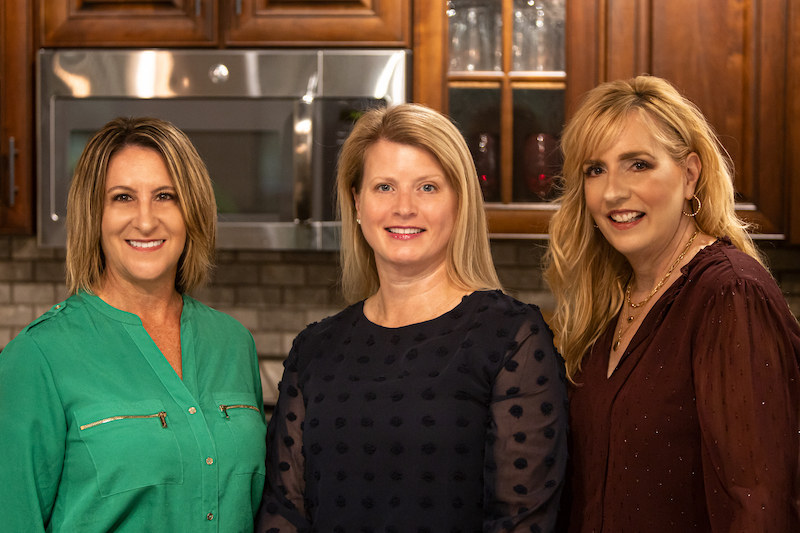Style Guide: Minimalism
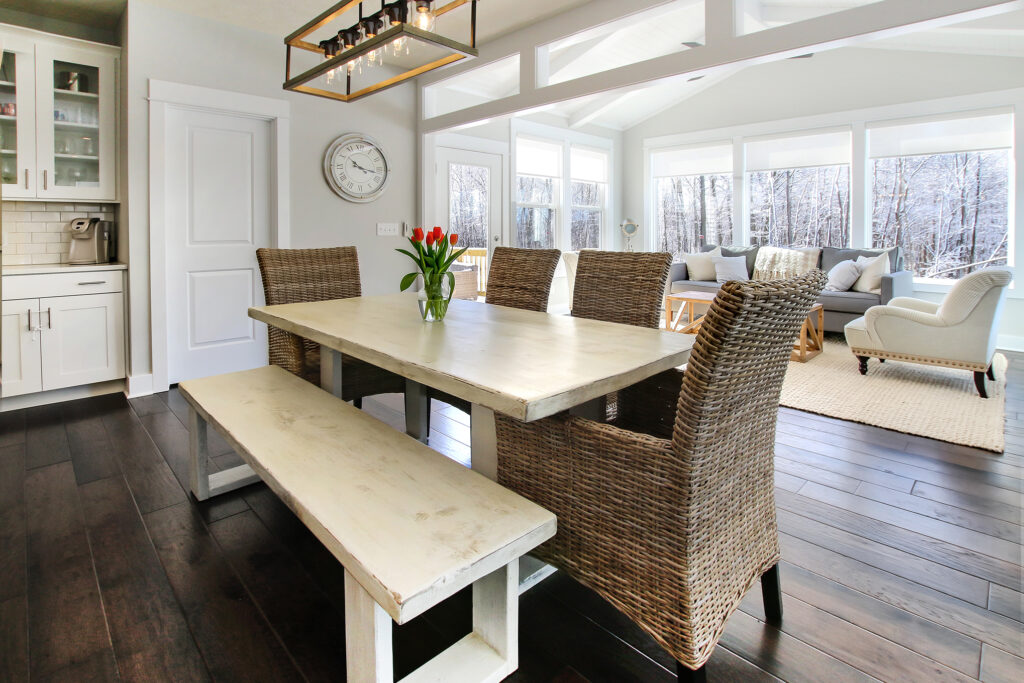
Seeking a simple way to invite calm and tranquility into your home this year? Look no further than minimalist design. Discover the freedom found in open, uncluttered rooms and bring the beauty of natural light and soft colors into your favorite spaces with Eastbrook Homes’ minimalist design tips. By implementing a few of our custom-curated techniques, you too can welcome the simple-living benefits of minimalism to your home.
Minimalism – Design Origins
The “less is more” approach to minimalist design is attributed to a number of past influences, including the Bauhaus School in Weimar, the 1960’s New-York art movement, and German designers Peter Behrens and Ludwig Mies van der Rohe. Minimalist designers took notes from Scandinavian and Japanese design, following the love of direct, simple form and full function above all else.
Minimalism grew in popularity in part because the style reached beyond interior design; architecture, art, and furniture designers each borrowed minimalist design philosophies to shape their work and create a lifestyle movement that still holds relevance today.
Minimalism – Design Features
Minimalist design hinges around creating uncomplicated, accessible spaces to relax, unwind, and find respite from the outside world. Instead of leaning on a heavy blend of colors and patterns, minimalist design trends toward simple and straightforward materials, consequently creating massive effects with fewer elements.
A few key elements of minimalist design include:
- Reduced, Clean Forms – Furniture, cabinetry, stairways, and doorways are minimized instead of accented, leaving plenty of space for movement and relaxation.
- Monochromatic Color Schemes – Wall and fixture colors are muted, soft, and matched throughout the space.
- Transparency – The less that hits the eye, the better. Clear furniture, sheer curtains, and fewer accent features help keep spaces open and uncluttered.
- High-Quality Materials – Minimalist design prefers quality over quantity. If you’re going to have it in the home, make sure it’s something you love and will last a lifetime.
- Open Spaces – Sightlines, freedom of movement, and dramatic simplicity are key.
How to Incorporate Minimalist Design Into Your Home
Incorporating minimalist design techniques into your home couldn’t be simpler with Eastbrook’s custom-curated list of easy-to-implement tips and tricks. Choose a few to try in a specific room and watch as the power of minimalist design transforms your home, day-to-day life, and overall well being.
Reduce the Clutter
Start with one room. Create a system to reduce clutter, eliminate unnecessary objects, and box away any knick-knacks that distract the eye. Remove furniture that isn’t regularly used and limit your use of tabletop or surface decorations to one or two well-made pieces. Make use of built-in cabinets to tuck away books, toys, and household supplies and capitalize on garage, basement, or attic space for seasonal storage solutions.
Let the Light In
Minimize the number of light fixtures, floor lamps, or tabletop lights you need with sheer curtains and windows designed to bring natural light indoors. Mirrors help bounce light around a room while transparent furniture pieces allow light to easily flow through.
Choose Simple Fixtures and Finishes
Strive for unadorned, simplistic fixtures with unified finishes. Avoid ornamented options and stick with straightforward, understated elements like unembellished, sophisticated cabinet fronts, floors, and tiles. Focus on functionality and form over trendy design elements and keep your selections as no-frills as possible.
Matching, Soft Color Schemes
Minimalist design doesn’t equate to an absence of color, but rather a restrained, natural take on color. Instead of adding accent colors to every space, select one bright, bold color for accent features throughout the home. Balance the remaining surfaces with muted colors that mimic nature; white, blue, green, and variations of coffees and creams work wonderfully with minimalist design.
Room to Work, Play, and Relax
Undistracted, open spaces are key to minimalist design and offer subtle calmness and peace through simple, tidy visual lines. Avoid filling walls and surfaces with multiple items and focus instead on well-loved art, photos, plants, or objects that make a big impact with less material. Play with repeating patterns, textures, and lighting styles to bring your space to life and inspire quiet moments of reflection and relaxation.
At Eastbrook Homes, we believe your home should reflect your individual style, needs, and lifestyle. Our customizable home plans offer abundant design options alongside affordable functionality. Explore our online feature gallery or take advantage of Eastbrook’s unique Home Creation Studio, where homeowners collaborate with their own interior designer and experience fixture and finish options in person. Design and build the minimalist home of your dreams by partnering with one of West Michigan and the Greater Lansing Area’s premier homebuilders. Connect with an Eastbrook Homes sales agent here for more information.

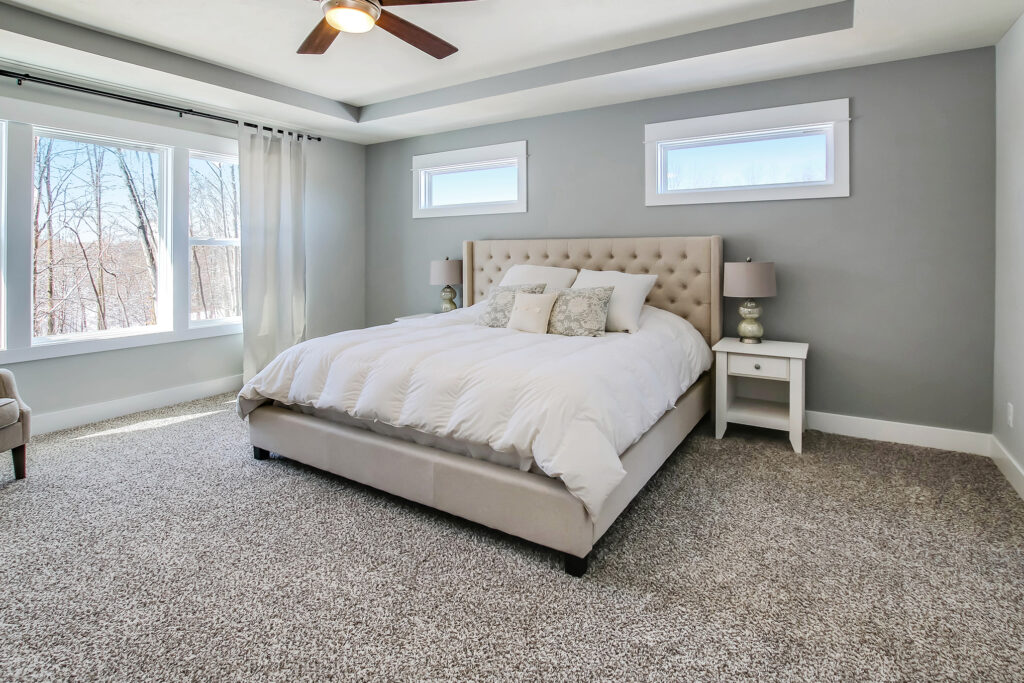
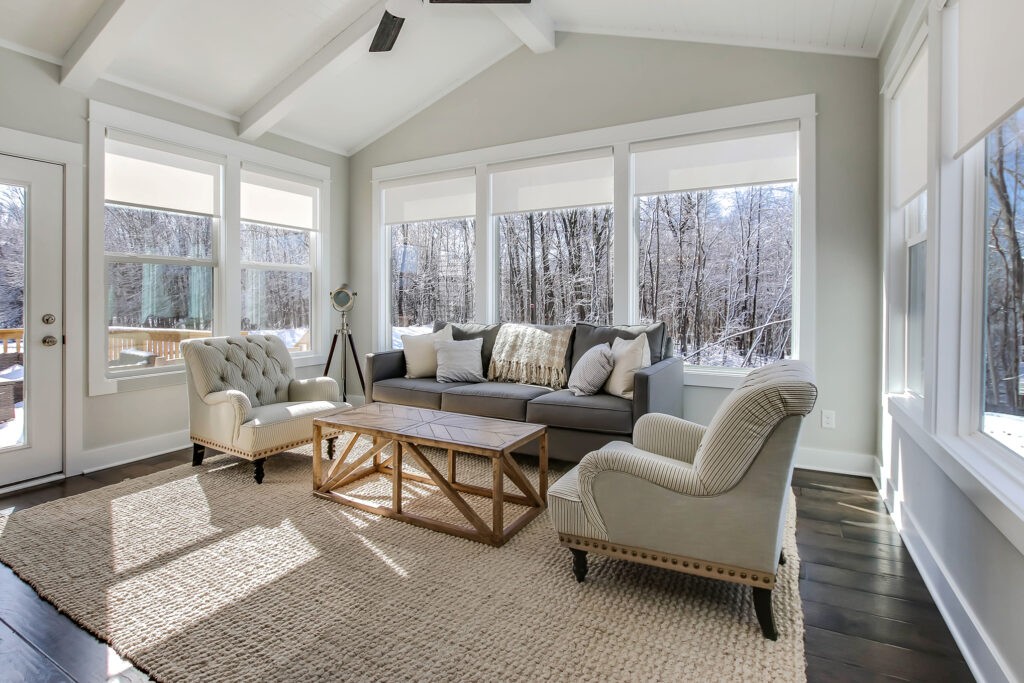
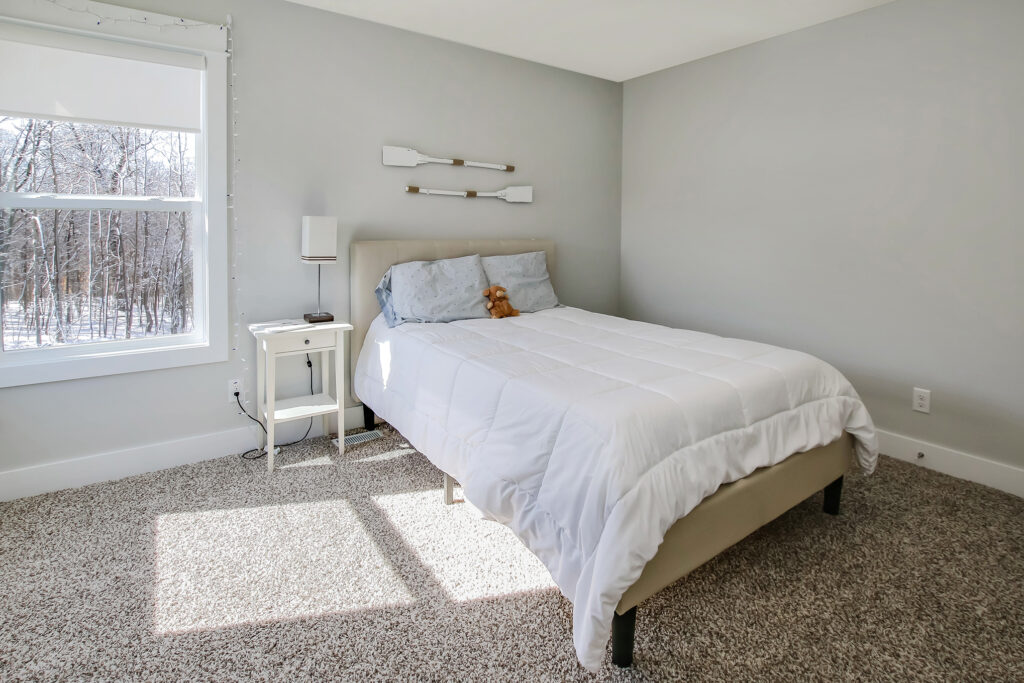
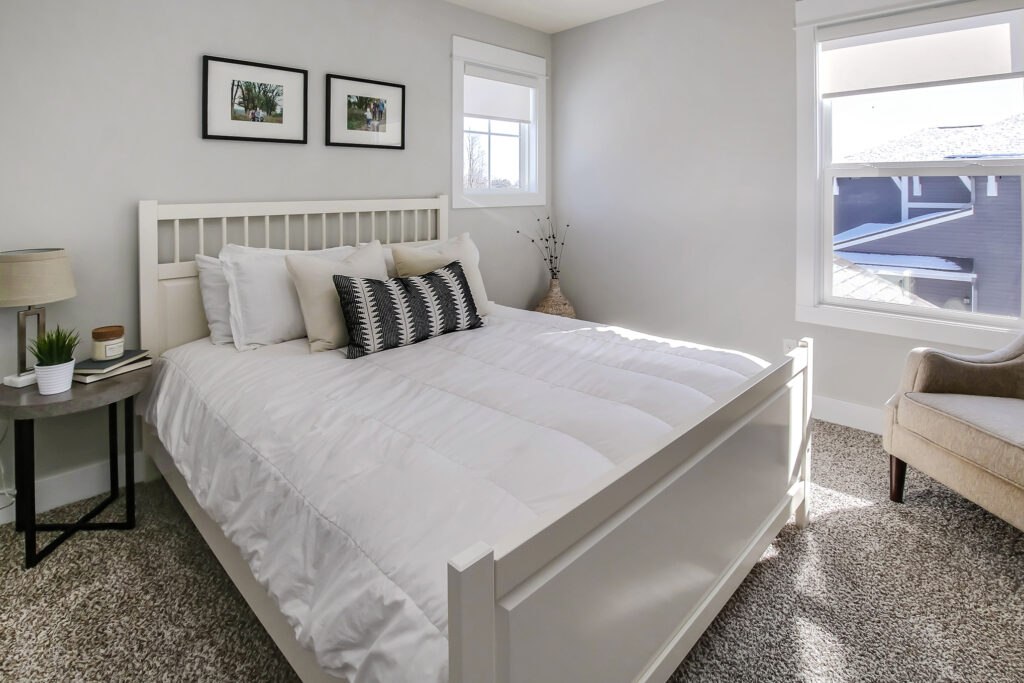


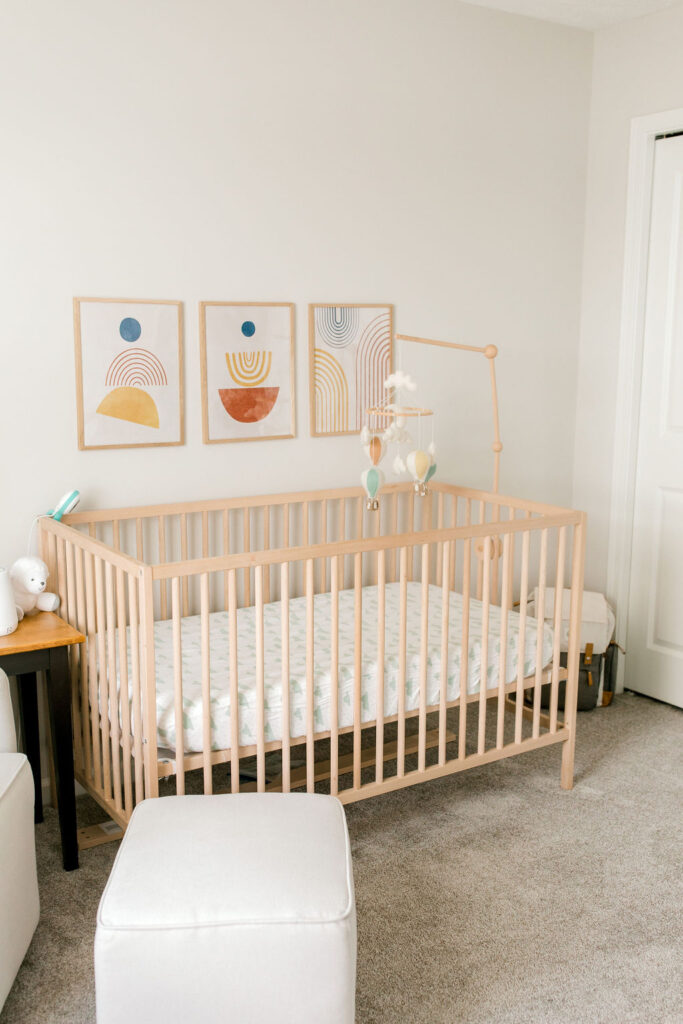
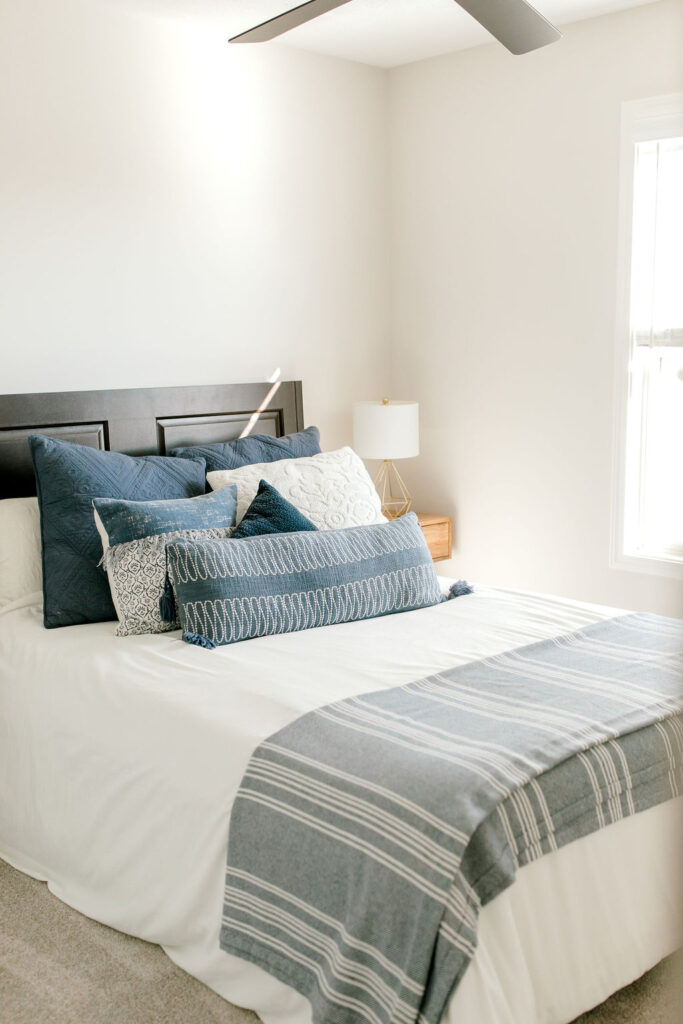
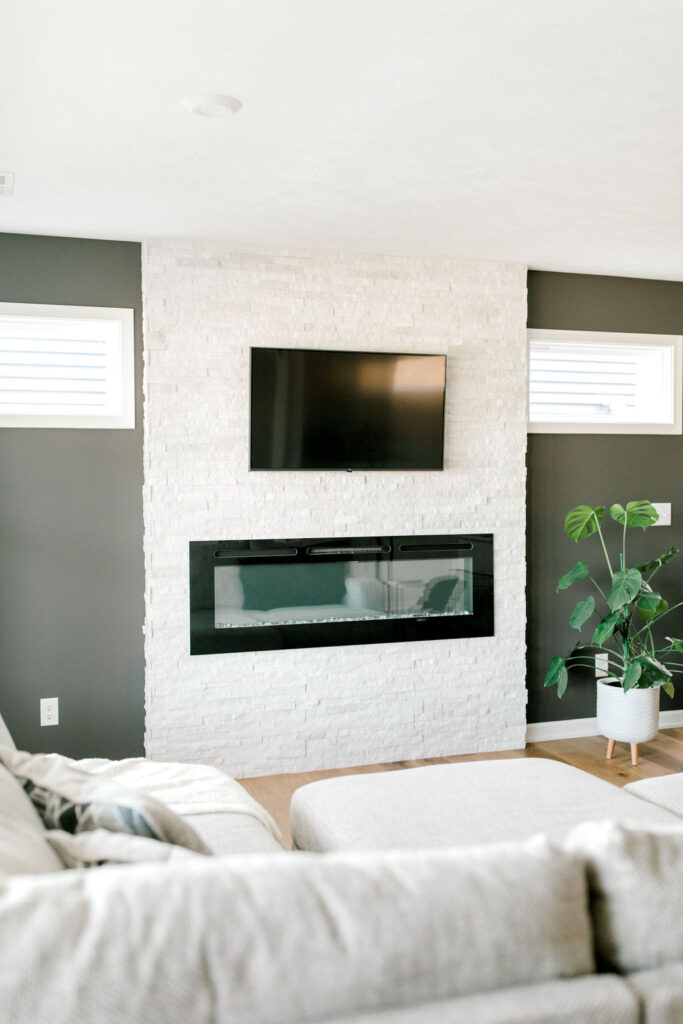
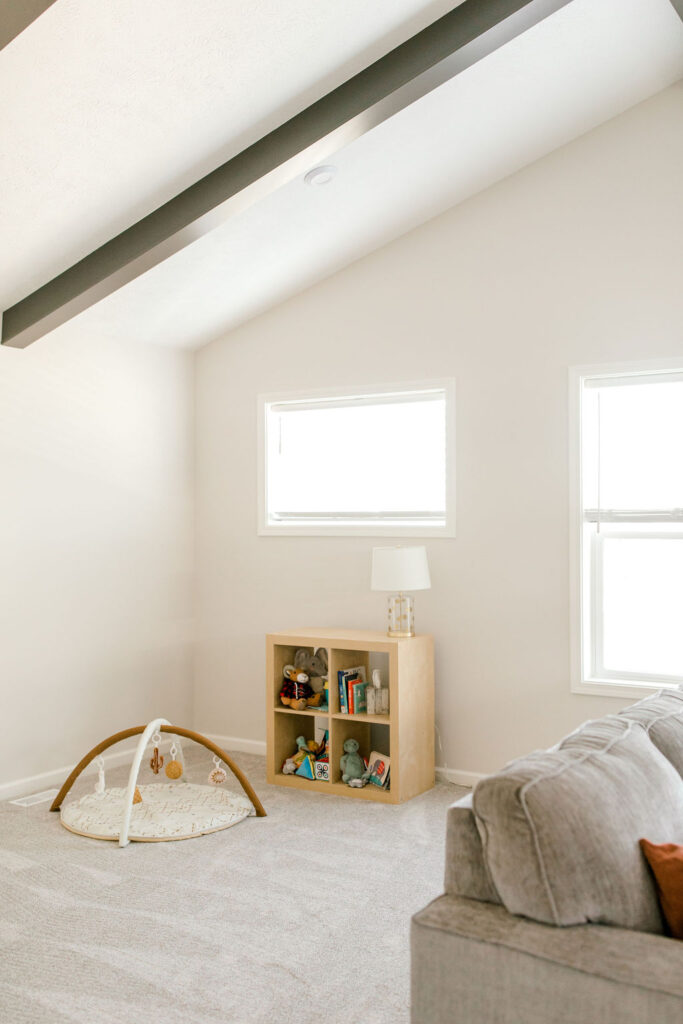
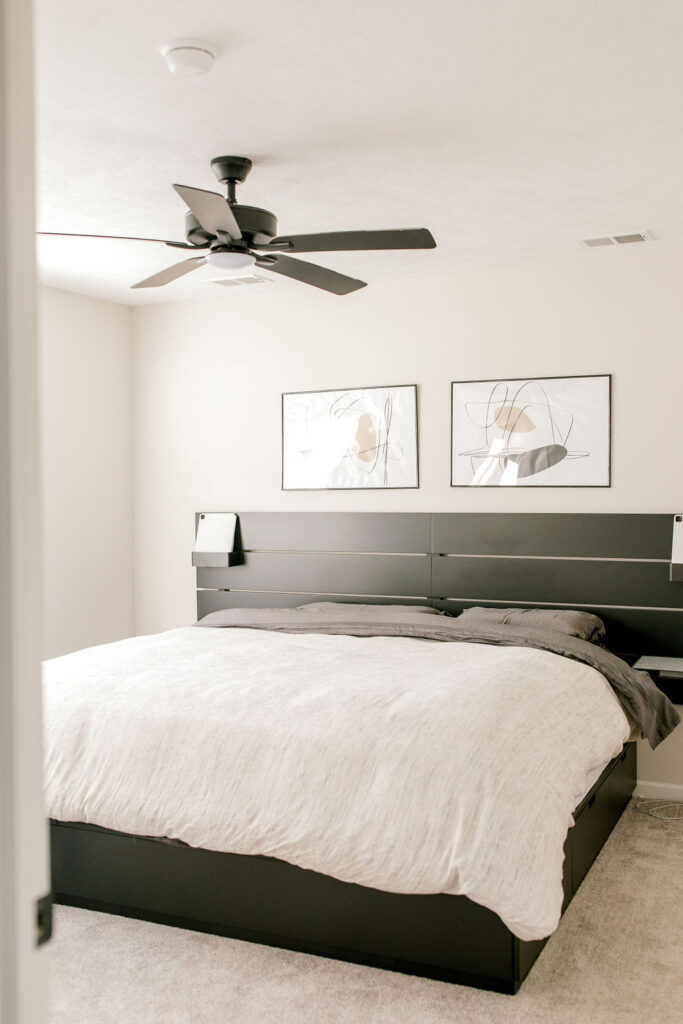


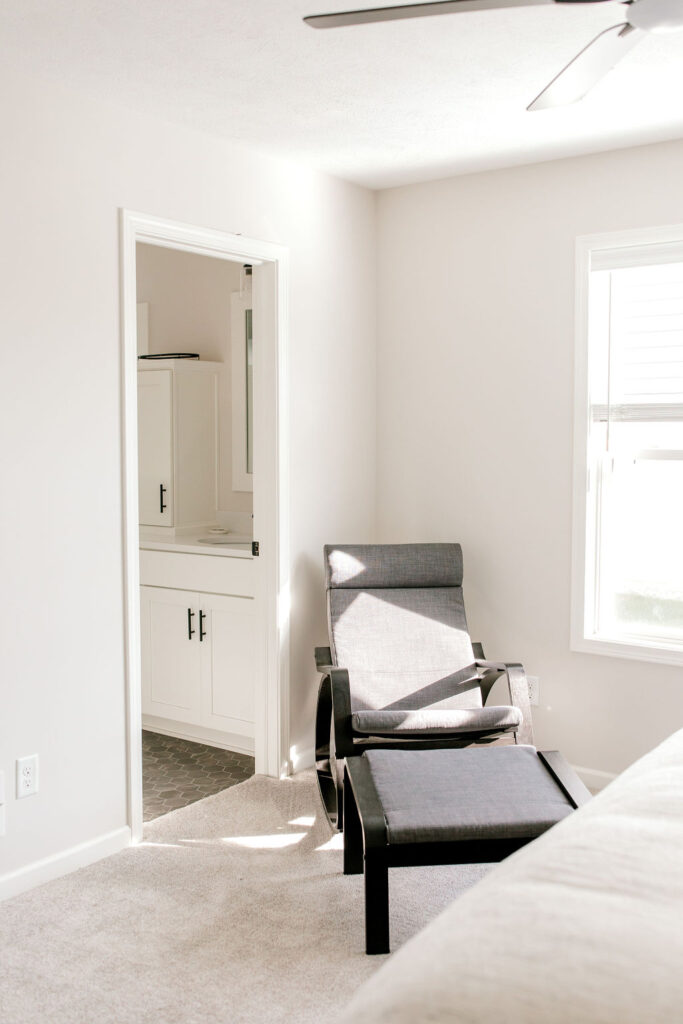
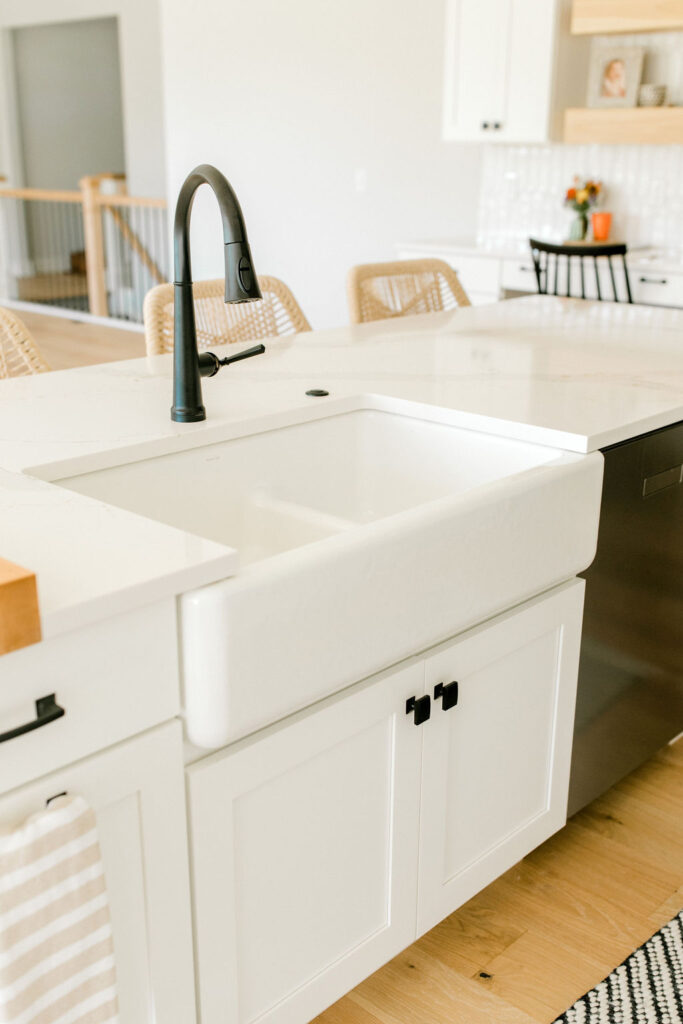
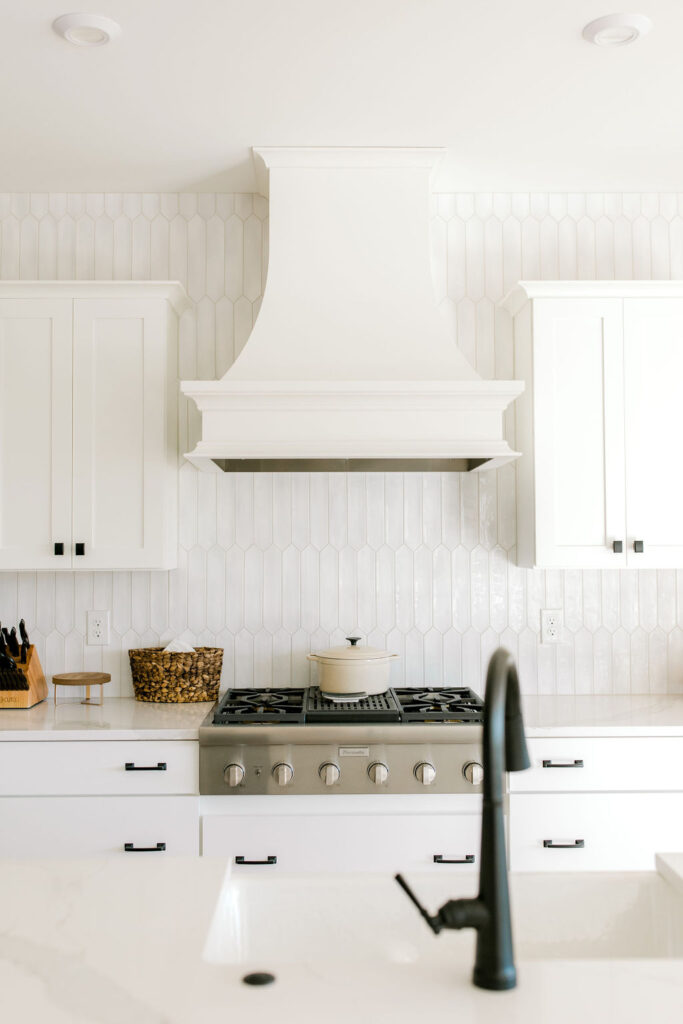
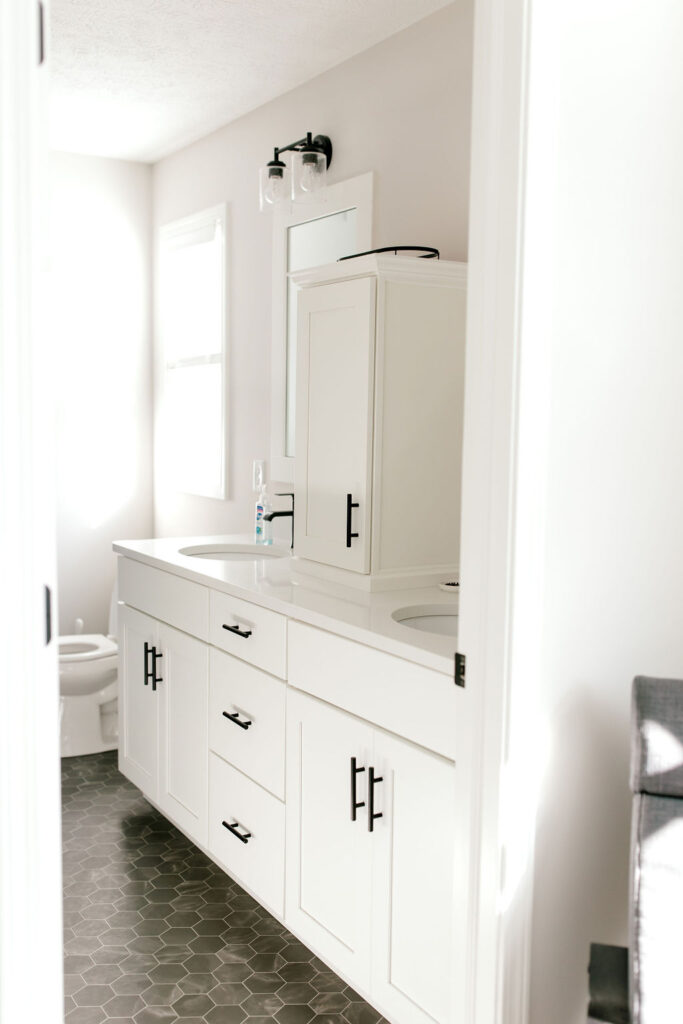
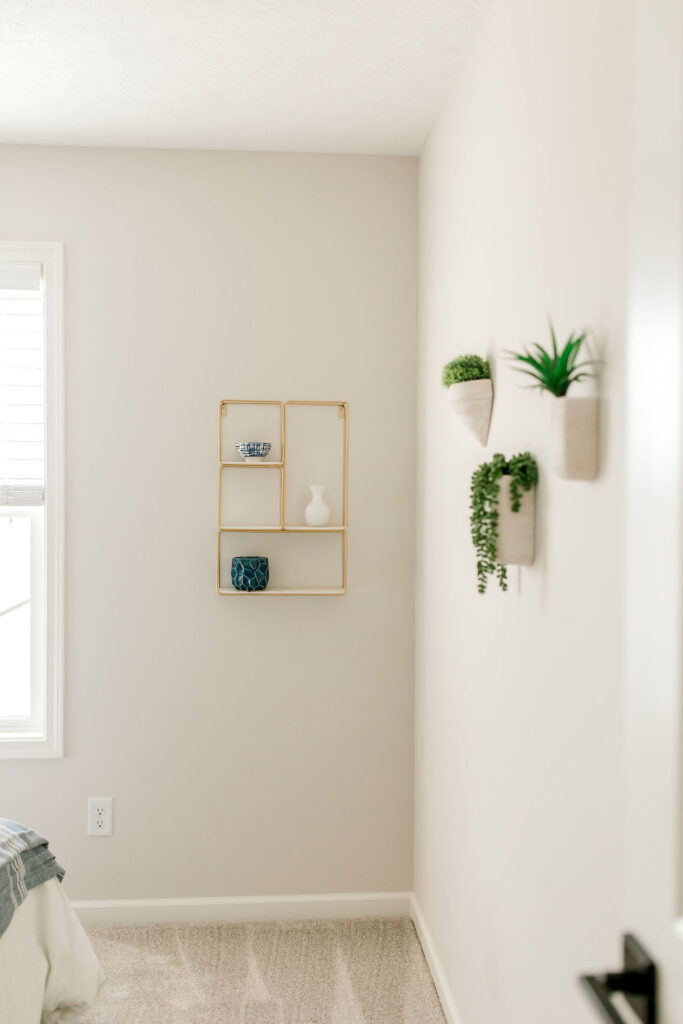
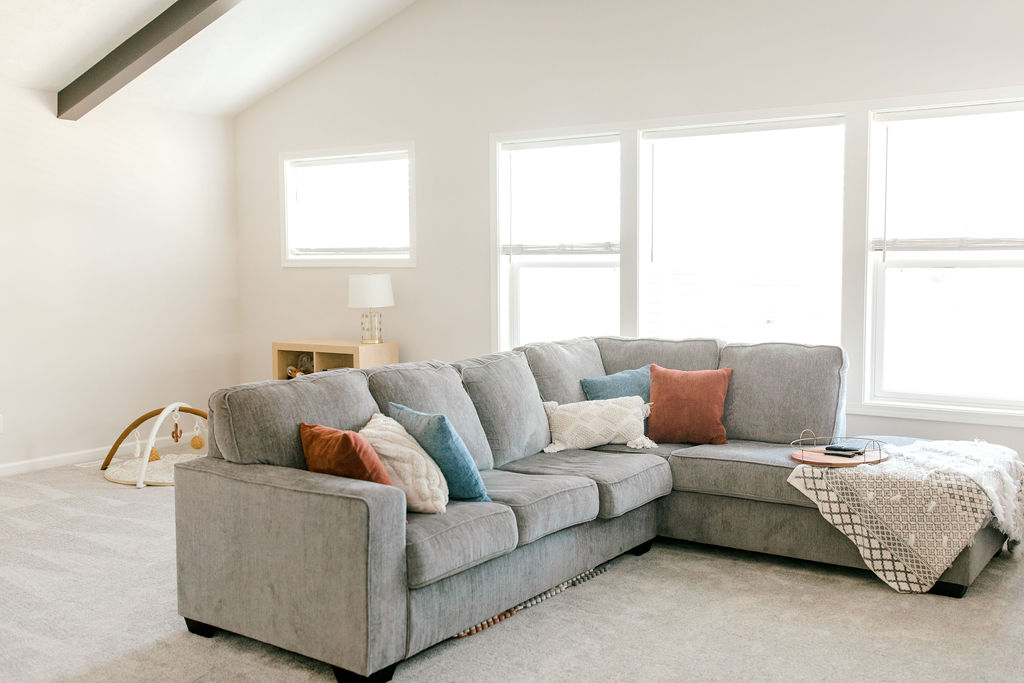
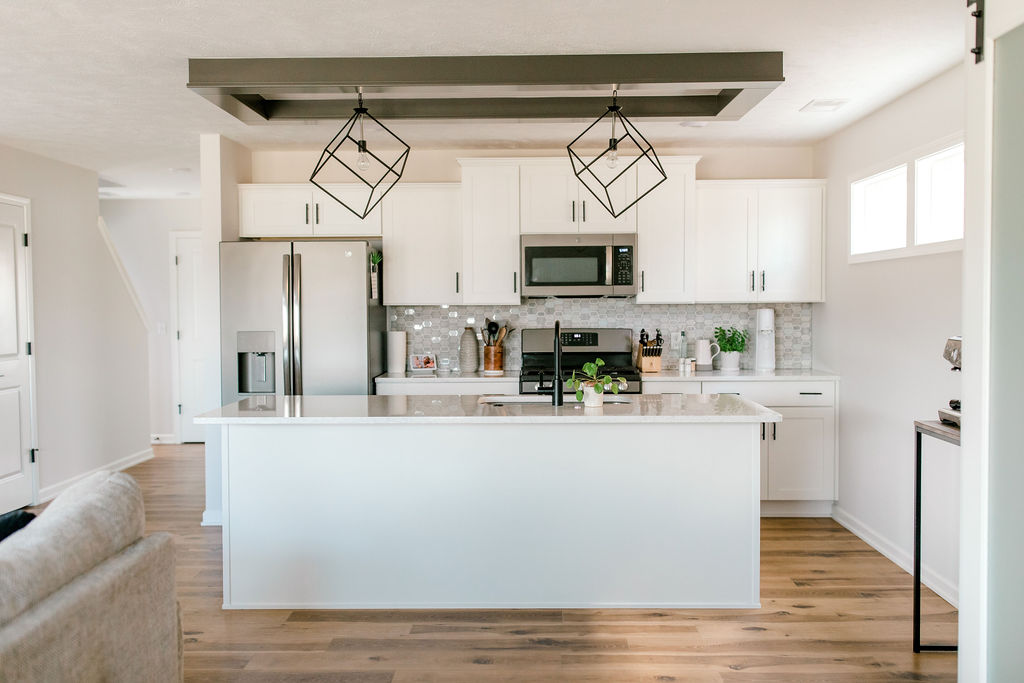
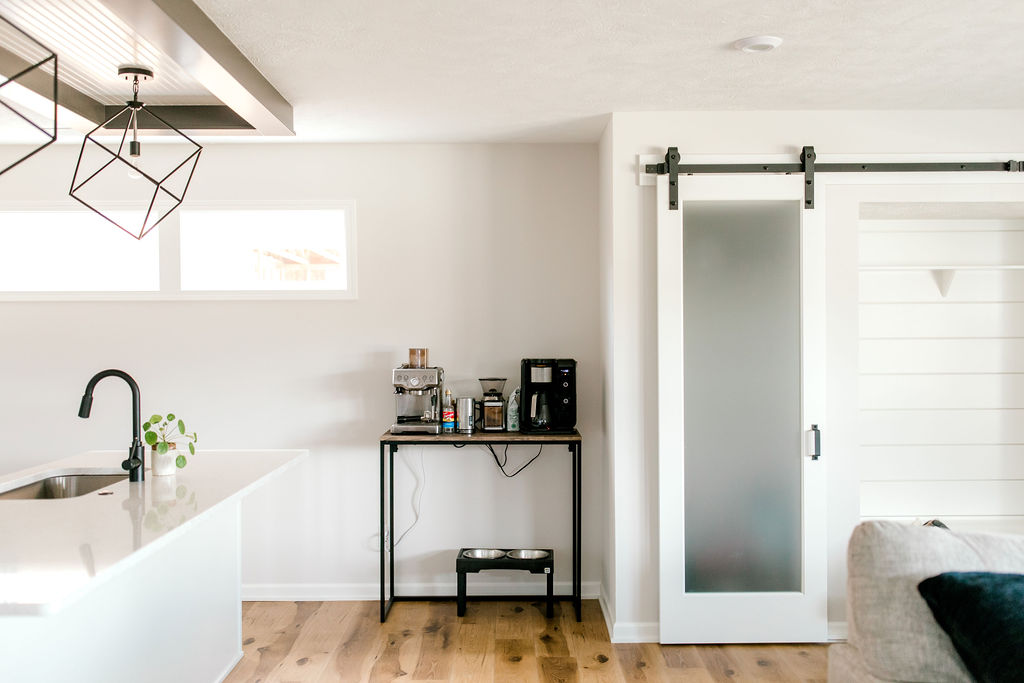
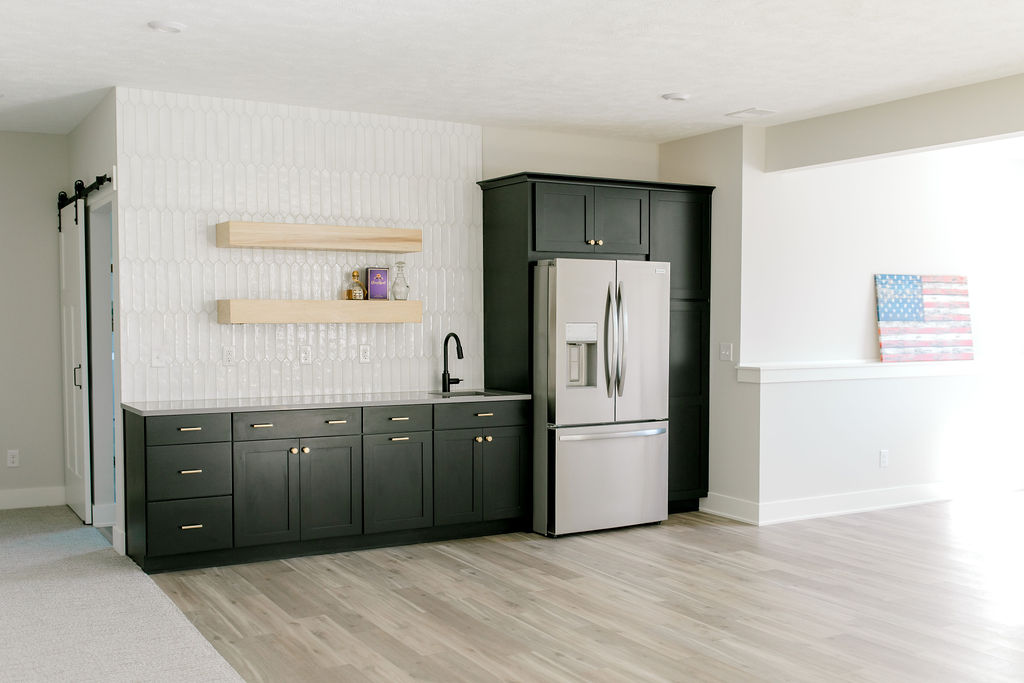
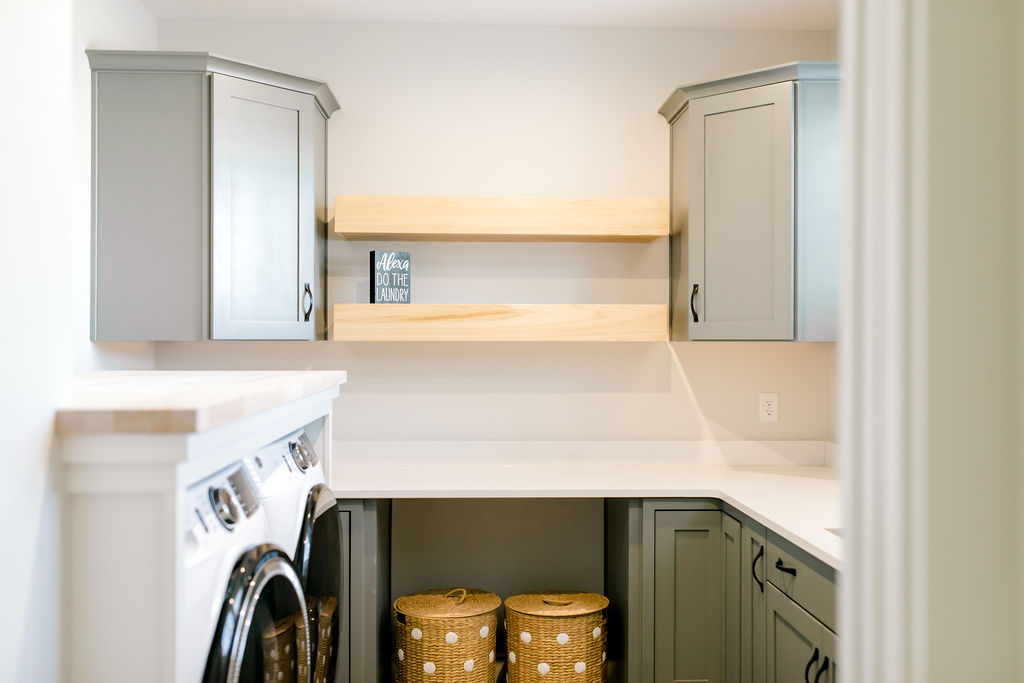
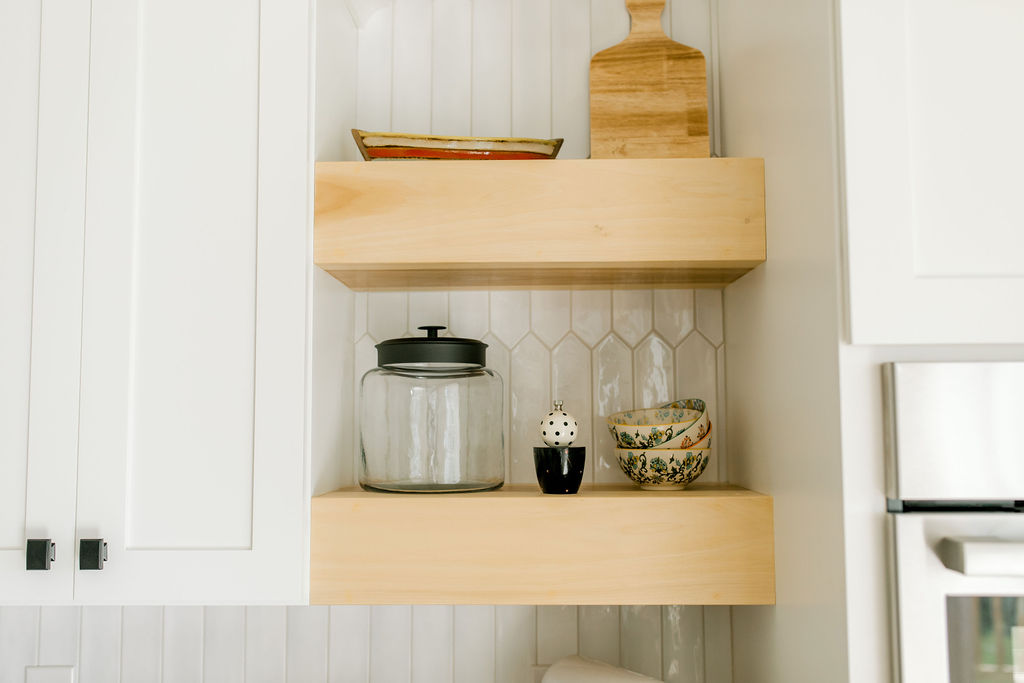
Get Our Blog Posts
Delivered To Your Inbox
Related Articles
-
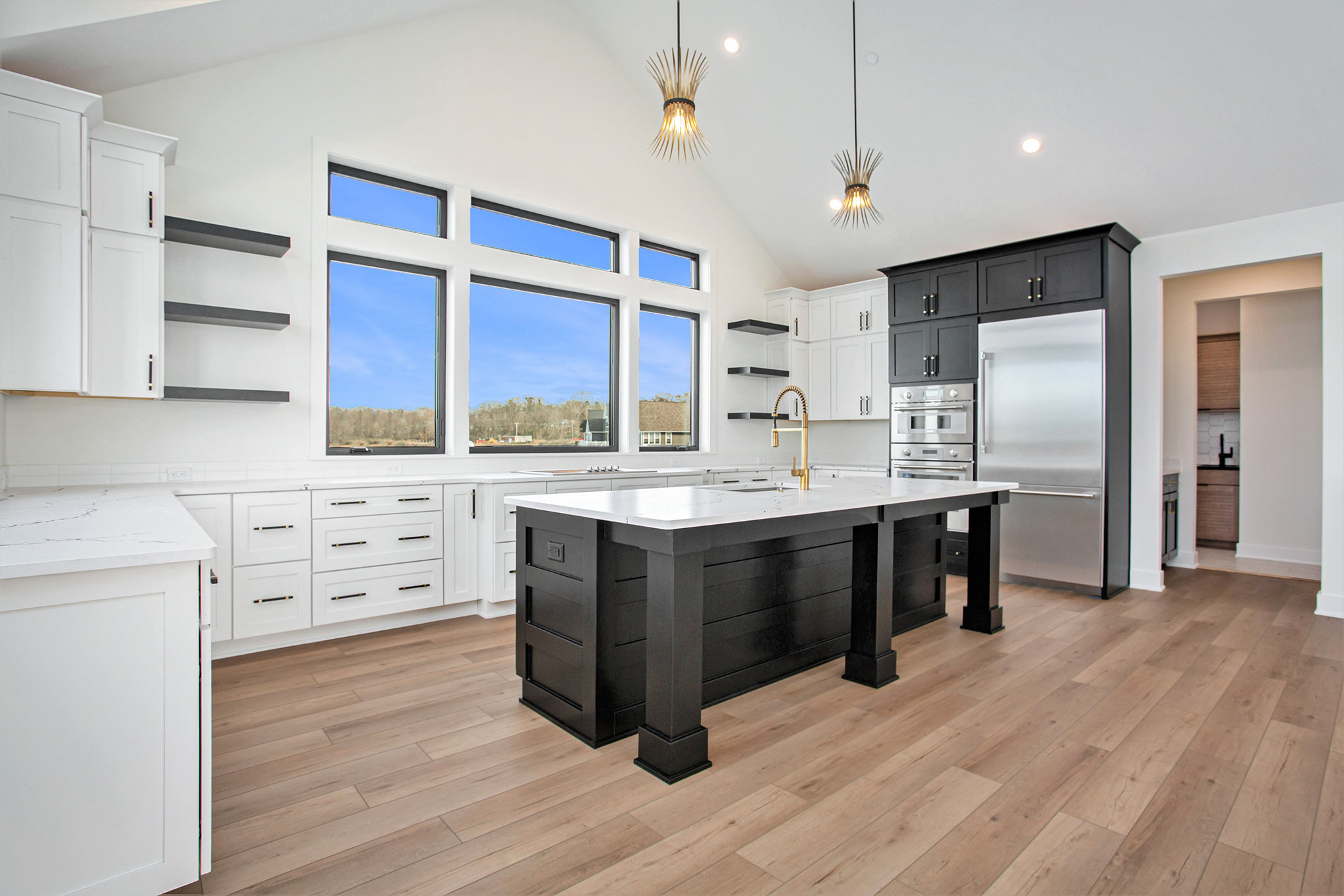 Home Trends, Style GuidesFresh, Bold, and Balanced: 2025 Home Design Trends You Need to KnowJanuary 2025Read More >
Home Trends, Style GuidesFresh, Bold, and Balanced: 2025 Home Design Trends You Need to KnowJanuary 2025Read More > -
 Home Trends, Seasonal DecoratingDecking the Halls: A Christmas Tale of Choosing Your Perfect Holiday Home StyleNovember 2024Read More >
Home Trends, Seasonal DecoratingDecking the Halls: A Christmas Tale of Choosing Your Perfect Holiday Home StyleNovember 2024Read More > -
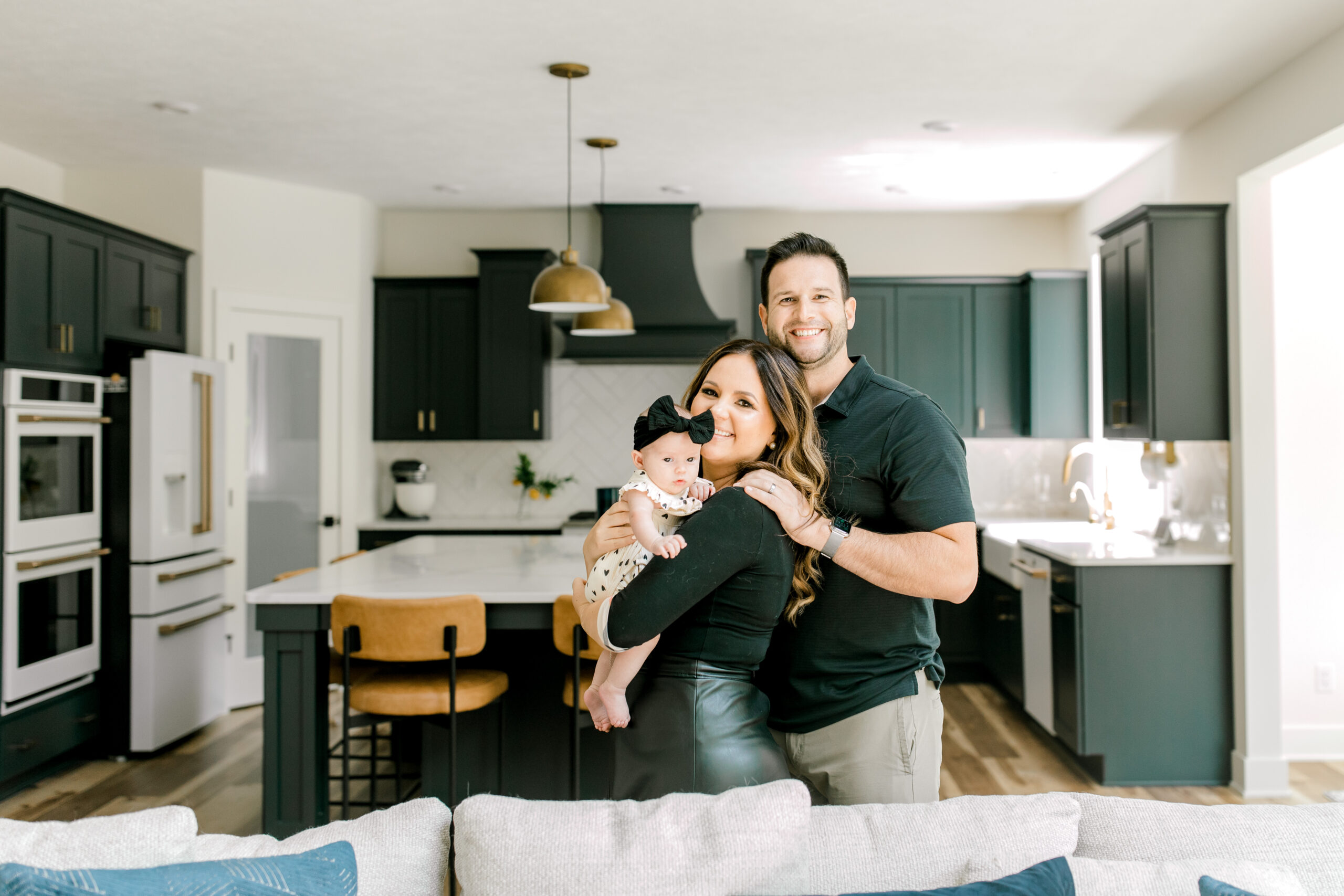 Home Trends, SpotlightsDad’s Favorite Room in the HouseJune 2024Read More >
Home Trends, SpotlightsDad’s Favorite Room in the HouseJune 2024Read More > -
 Home Trends, SpotlightsMom’s Favorite Room in the HouseMay 2024Read More >
Home Trends, SpotlightsMom’s Favorite Room in the HouseMay 2024Read More >
Get Expert
Home Advice
Talk to an expert about your new home options! Our Online Sales Team is here to help you through your Eastbrook discovery process. Get in touch with us today!
